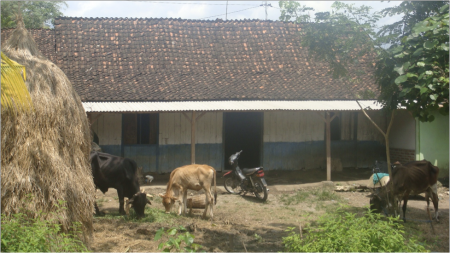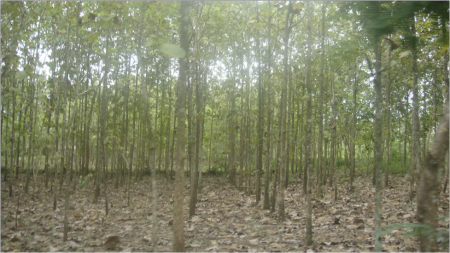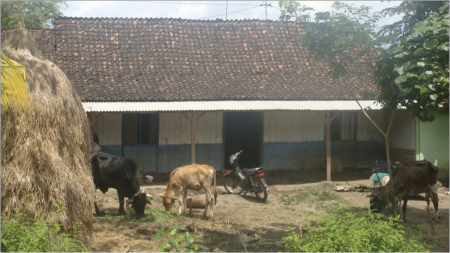
This is the fourth time I went to Bojonegoro, East Java, Indonesia. Kopernik has a project there with our local partner Farabi.
Because this is the first time I am writing on this blog, I would like to share a bit information about this small town and how to get there!
My trip looks like this: off the plane from Bali, take a bus to Bojonegoro (three hours), continue with a minibus or ojek (motorbike taxi) to Padangan (Farabi’s office) for about an hour, then take another bus to Cepu (where my accommodation is located). I normally leave my house in Bali at 10.00 AM and get into my accommodation in Cepu at 6 PM.
When I get off the 45 minute flight from Bali to Surabaya, I have several choices of transportation to Bojonegoro. I prefer to use a different mode of transportation on each trip in order to find the best combination (both comfortable and cheap). I have tried combinations of bus, minibus, travel, ojek, rental car, and train. Different choices have different costs and different advantages and risks.
Bus is of course the cheapest choice to get to Bojonegoro from Surabaya (103 KM), costing only about 15,000 or USD$2, but the drivers are a bit erratic on the road and most passengers are smokers. That definitely gives you a hard time on the road. However bus is my favorite as it is always packed with “pengamen” or bus buskers. I have to say I loved seeing these people and how they live their hard life. Not just the buskers, but also people who are on and off the bus selling food and drinks are also an interesting aspect of the trip. At the beginning I thought somebody was giving me food for free, as they put the food on my lap. I figured out later that it is just the way they sell the food and drinks.
Bojonegoro is located in East Java by a river named Bengawan Solo (the longest river in Java), which runs from the south of Java island and is used as a border mark between East and Central Java. Bojonegoro’s western part (the border with Central Java) is part of the Cepu Block, which is one of the largest sources of petroleum deposits in Indonesia. There are a few companies operating in this area, such as Mobil Cepu ltd and Pertamina.
Most people are farmers or foresters. This place has a great reputation for providing high quality of teak wood. Bojonegoro consists of 27 sub-districts and 430 villages.
ACCORDING TO THE LATEST STATISTIC REPORT, THE TOTAL POPULATION IS 1.425.074 (BOJONEGORO STATISTIC, 2010); 12% OF THAT POPULATION IS CONSIDERED AS ‘POOR’.

One of the teak forests in Bojonegoro
After few surveys, we decided to focus the program in 7 villages; one (out of 24) village in Kalitidu sub-district and 6 others villages (out of 23) in Ngasem sub-district. These seven villages are the closest to the ExxonMobil exploration. Of 19,384 households in Ngasem, 6,576 of are classified as poor. Most of these people have a strong relationship with their cattle, subsequently cattle are usually placed around their house, near water resources. For years, cow dung for example, has built up and e-coli has accumulated in the water resources. For years also Farabi has taught people to boil water before consuming it, however it seems that this teaching is very slowly absorbed.

Typical house in Bojonegoro Normally villagers store their drinking water in a clay burn pot
Next installment: Meet my friends in Farabi and our technology fair.


